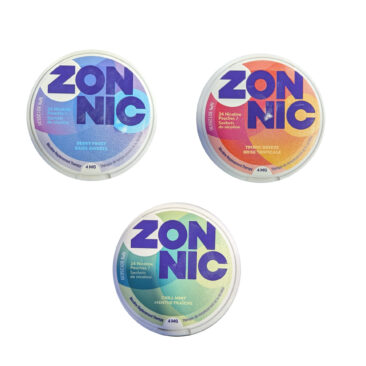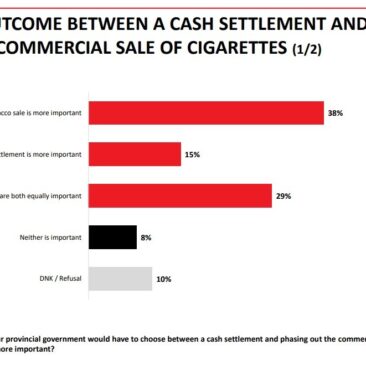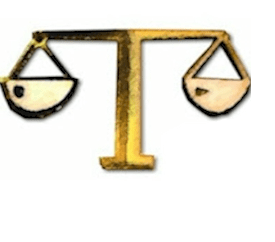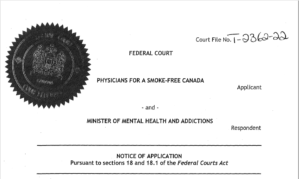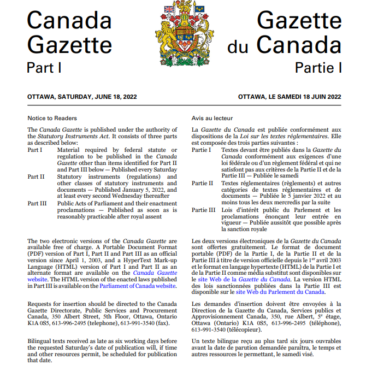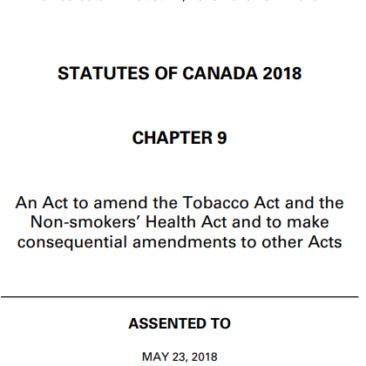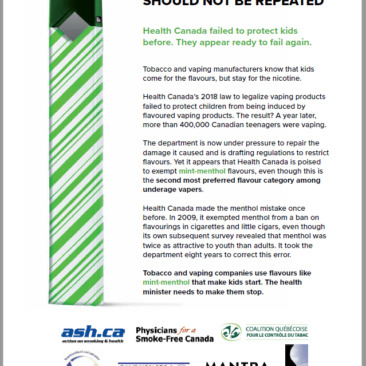There may be a very important sleeper among the suite of measures to address youth vaping announced by the British Columbia government yesterday. One of the regulations introduced by minister of health Adrian Dix is a requirement that all vaping liquids be sold in plainish packages by mid-September. The regulation does not apply to packaging of the devices, but only on the packages that contain substances that produce a vapour.
Only one country – Israel – has so far required that e-cigarette liquids be packaged in standardized packaging. Denmark introduced legislation to adopt this measure in January, but study of the bill appears to have been postponed. The Netherlands has plans to require plain packaging for e-cigarettes in 2022.
Short and sweet
This new measure is included in an Order in Council adopted by the B.C. cabinet earlier this week (July 20th OIC 426). Section 8 of the new E-Substances Regulation is clear and precise. In less than 200 words, it prohibits any text or imagery that is not specifically permitted or required under federal or provincial laws. (By comparison, the the federal plain packaging regulations for tobacco products take almost 9,000 words).
Packaging standards
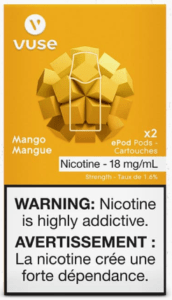 8 (1) Subject to any enactment of Canada, a retailer must not sell a restricted e-substance unless the product is packaged in a plain manner that does not contain any text or image other than as required or permitted under this section.(2) A retailer must not sell a restricted e-substance unless the package
8 (1) Subject to any enactment of Canada, a retailer must not sell a restricted e-substance unless the product is packaged in a plain manner that does not contain any text or image other than as required or permitted under this section.(2) A retailer must not sell a restricted e-substance unless the package
(a) states the concentration of non-therapeutic nicotine in the restricted e-substance,
(b) states the total volume of restricted e-substance within the package or, if the package includes multiple cartridges or containers, the volume of restricted e-substance held or that may be held in each cartridge or container,
(c) states “WARNING: nicotine is highly addictive”, and (d) shows the warning symbol set out in the Schedule.(3) A retailer is permitted to sell a restricted e-substance in a package that states one or more of the following:
(a) the name and contact information of the manufacturer;
(b) the brand name and product name;
(c) the type of product.
The brevity of this regulation results from the different approach taken in British Columbia than by other governments that have implemented plain packaging of tobacco products. Instead of stipulating how products must be packaged, B.C. has chosen to stipulate how they may not appear.
As a result, the impact will be different than the type of plain packaging that is now in force in Canada. There will be no standardized fonts, uniform colour or prescribed package sizes. Vaping liquids will not appear in the same olive-green colour that is now seen on packages littering Canadian streets.
Nonetheless, vaping manufacturers will no longer be able to use their packaging as mini-advertisements for nicotine use.
Consider, for example, the current packaging for one of the leading products, BAT/Imperial Tobacco’s vuse (show above). B.C.’s regulation appears to require the manufacturer to remove the patterned colours and logos, although it is not clear that they would be required to change the background colour or to stop using distinctive (or attractive) fonts.
As companies lose the ability to put posters in retail stores, transit stations or on billboards, they can be expected to intensify their advertising in the media that remain open to them. This is exactly what happened when traditional promotions for cigarettes were curtailed 20 years ago. The package is one of the most obvious target for them to focus on.
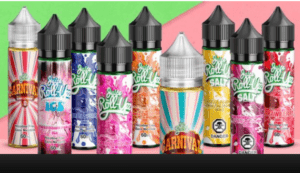 Learning from history?
Learning from history?
B.C. drafters may have drawn some inspiration from Canada’s first federal law prohibiting promotions. The 1988 Tobacco Products Control Act (s. 9) made it illegal for distributors to sell packages that had textual information other than brand names and trade-marks. The companies found loop-holes around this provision by trademarking a variety of advertising slogans and imagery.
Sensibly, then, B.C. has not permitted the use of trademarks on packages. With the removal of trademarks on tobacco products now upheld by courts and trade tribunals across the world, they can do this with more confidence than federal regulators had in 1988.
A legal challenge ahead?
In developing this innovative approach, Health Minister Adrian Dix and his cabinet colleagues will have known that a fight with tobacco companies could be on the horizon. B.C. has already spent significant time and money fighting challenges from tobacco companies — including their pioneering Tobacco Damages and Healthcare Costs Recovery Act and their Testing and Disclosure Regulations.
The new B.C. plain packaging regulations are scheduled to be implemented by mid-September. This would appear to make Canada’s most western province the second jurisdiction worldwide to prevent text and images from being used as advertising on vaping packages.

